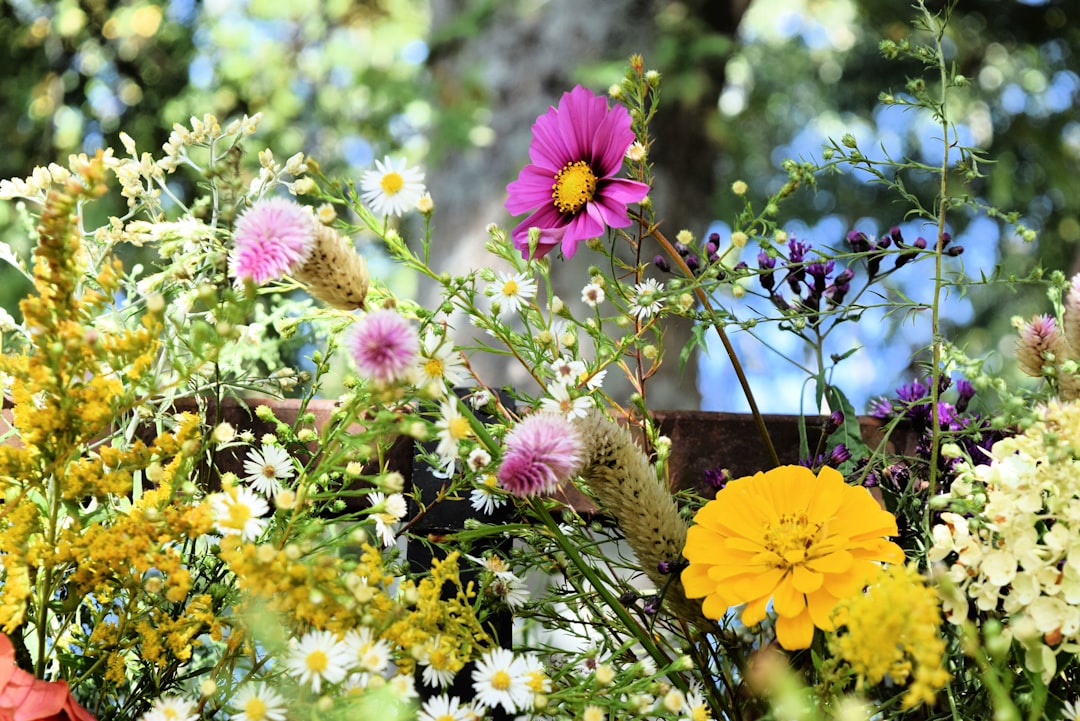The Bounty of Summer Squash in Your Garden

Edible gardening is a rewarding endeavor that allows you to connect with nature and enjoy the fruits - or rather, vegetables - of your labor. Among the many vegetables you can cultivate in your garden, summer squash stands out as one of the easiest and most productive options. With its diverse colors and shapes, summer squash adds both aesthetic appeal and deliciousness to your garden and your table.
One of the remarkable features of summer squash is its versatility. It comes in various forms such as zucchini, yellow crookneck, and pattypan squash. Zucchini, perhaps the most well - known type of summer squash, is long and cylindrical, usually dark green in color. Its smooth texture and mild flavor make it a favorite for a wide range of dishes. You can slice it and grill it for a simple and healthy side dish, or shred it to make zucchini bread, a sweet and moist treat.
Yellow crookneck squash, on the other hand, has a distinct curved neck and a bright yellow color. Its flavor is slightly sweeter than zucchini, and it has a firmer texture. This type of squash is perfect for sautéing with onions and garlic, creating a savory medley that can be served with pasta or rice. Pattypan squash, with its scalloped edges and round shape, is not only visually appealing but also has a delicate flavor. It can be stuffed with a variety of fillings, like a mixture of ground meat, rice, and cheese, then baked until golden brown.
When it comes to growing summer squash, it is relatively easy even for novice gardeners. Summer squash thrives in full sun, so choose a spot in your garden that receives at least 6 - 8 hours of sunlight per day. The soil should be well - drained and rich in organic matter. You can prepare the soil by adding compost or aged manure before planting. Squash seeds can be directly sown into the garden after the last frost date, or you can start them indoors a few weeks earlier and transplant them later.
Spacing is crucial when planting summer squash. Each plant needs enough room to spread out, as they can grow quite large. For bush varieties, space the plants about 2 - 3 feet apart, while vining varieties may need 4 - 6 feet of space between each plant. Watering is also an important aspect of growing summer squash. Keep the soil consistently moist, but avoid over - watering, as this can lead to root rot. A good rule of thumb is to water deeply once or twice a week, depending on the weather conditions.
One of the challenges that gardeners may face when growing summer squash is dealing with pests and diseases. Squash bugs are a common pest that can damage the leaves and stems of the plants. You can control squash bugs by hand - picking them off the plants or using insecticidal soap. Powdery mildew is a fungal disease that can affect summer squash, especially in humid conditions. To prevent powdery mildew, ensure good air circulation around the plants by proper spacing and pruning. You can also use fungicides as a preventive measure.
Harvesting summer squash is a delightful experience. Most summer squash varieties are ready to be harvested when they are 4 - 8 inches long. Use a sharp knife or pruning shears to cut the squash from the plant, leaving a short stem attached. Regular harvesting encourages the plant to produce more squash. If you leave the squash on the plant for too long, it will become tough and less flavorful.
In conclusion, summer squash is a wonderful addition to any edible garden. Its ease of growth, productivity, and culinary versatility make it a must - grow vegetable. Whether you are a seasoned gardener or just starting out, growing summer squash will not only provide you with fresh and delicious vegetables but also bring a sense of accomplishment and joy as you watch your garden thrive.